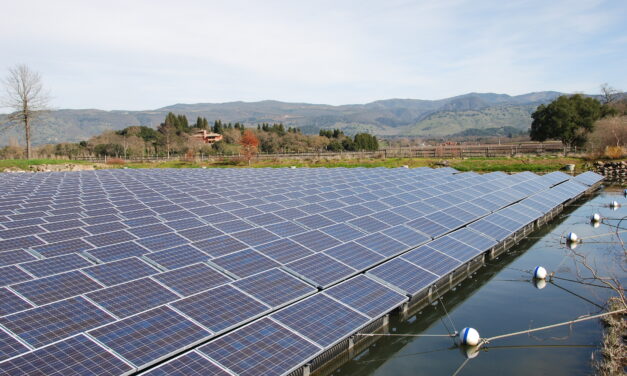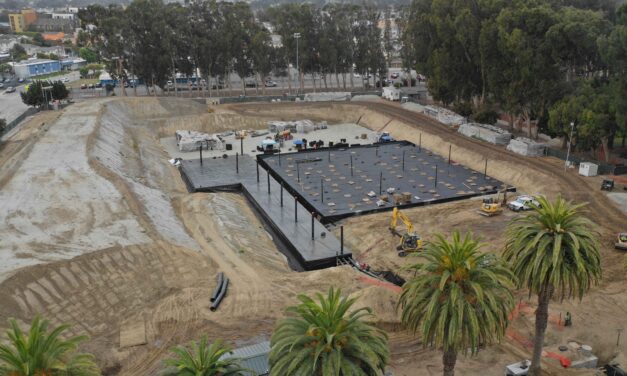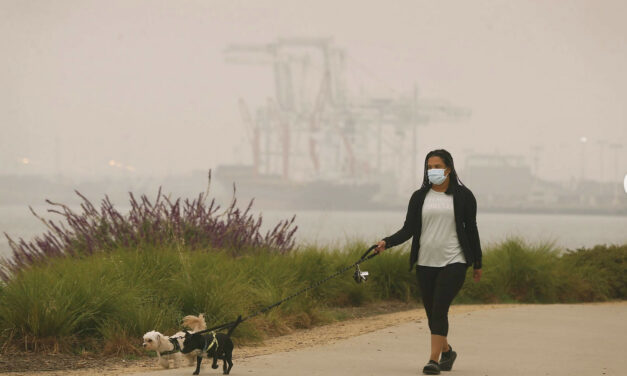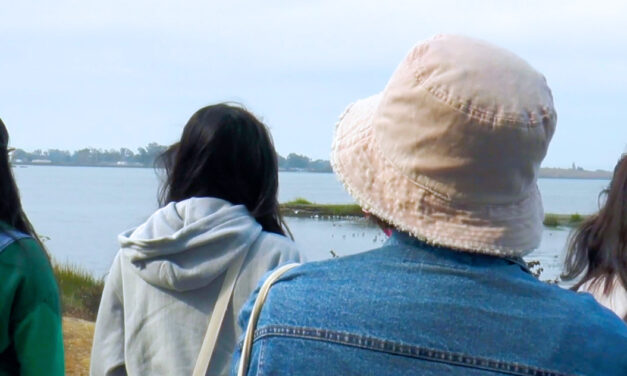Bay Area Leads Nation on Floating Solar
The stately Napa winery of Far Niente and the wastewater treatment plant for the small town of Healdsburg have more than picturesque vineyards in common. Each facility typically produces enough power on-site to run all their operations, and then some. Both hold national records. And the inviting irrigation pond tucked amidst the vineyards at Far Niente bears a striking resemblance to the ponds full of treated sewage-water in Healdsburg.
Read More









